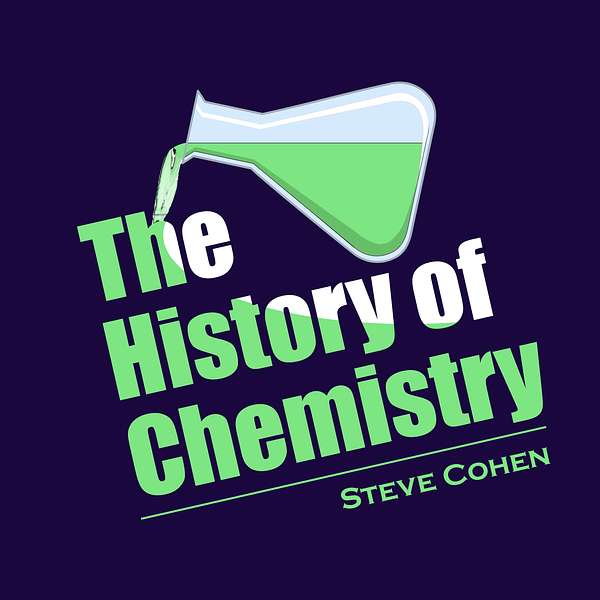
The History of Chemistry
Chemistry is everywhere, and involves everything. But how did chemistry get to be what it is? I'm Steve Cohen, a chemist and writer, bringing you The History of Chemistry. This podcast explores the development of chemistry from prehistoric times to the present, including the people and societies who made chemistry what it is today. The History of Chemistry is for you, whether you hated chemistry in high school, or got a PhD in inorganic chemistry. We'll explore how chemistry affected art, music, language, politics and vice-versa. Whether it's ancient Greek philosophers, medieval alchemists, or modern laboratory apparatus, it's all here. Don't forget to support my series at https://www.patreon.com/thehistoryofchemistry !
The History of Chemistry
97: Moving Atoms
•
Steve Cohen
•
Episode 97
Richard Feynman gave a lecture in 1959 on atomic ultraminiaturization. We learn about Donald Eigler and Erhard Schweizer's work in 1989 to make that dream come true: moving individual atoms in a deliberate way on a surface. Then we hear of Eigler, Michael Crommie, and Christopher Lutz's continuation of this process to show quantum effects. Wilson Ho went even further and was able to detect spectroscopic differences between individual molecules. We advance to hear of seeing electron orbitals, and then the smallest movie set ever.
- Support my podcast at https://www.patreon.com/thehistoryofchemistry
- Tell me how your life relates to chemistry! E-mail me at steve@historyofchem.com
- Get my book, O Mg! How Chemistry Came to Be, from World Scientific Publishing, https://www.worldscientific.com/worldscibooks/10.1142/12670#t=aboutBook